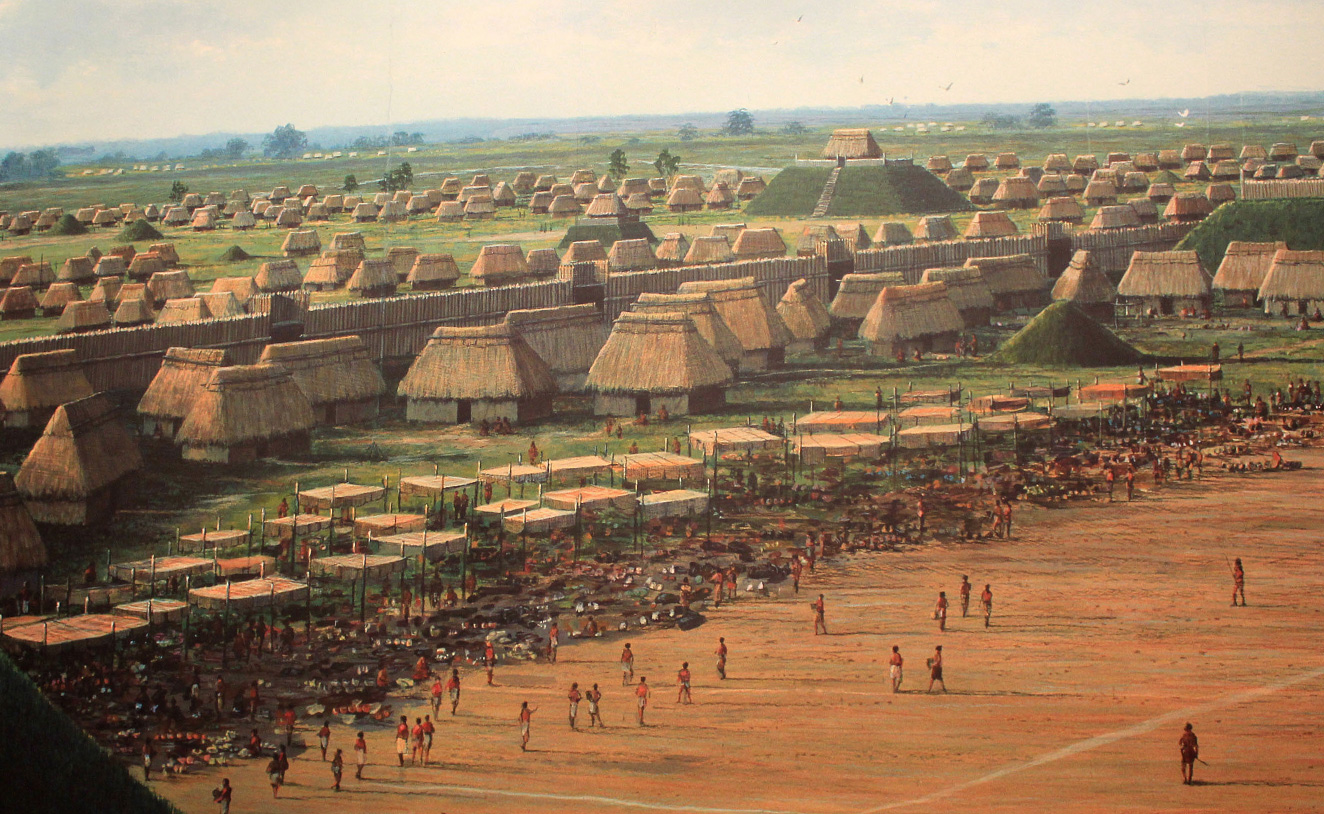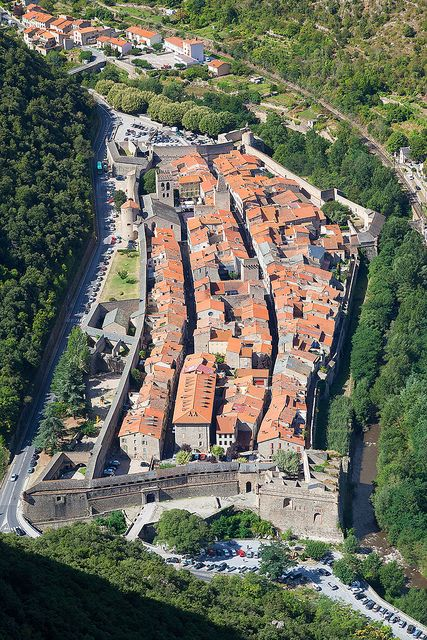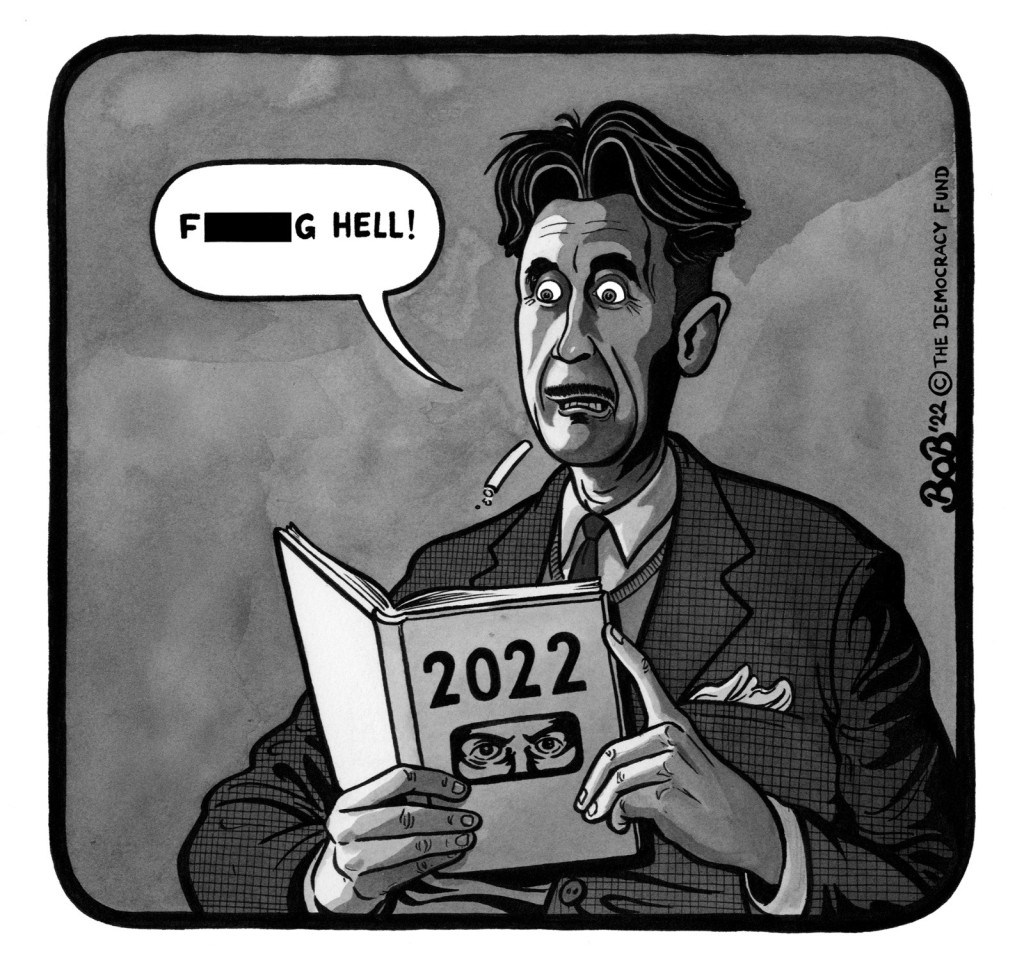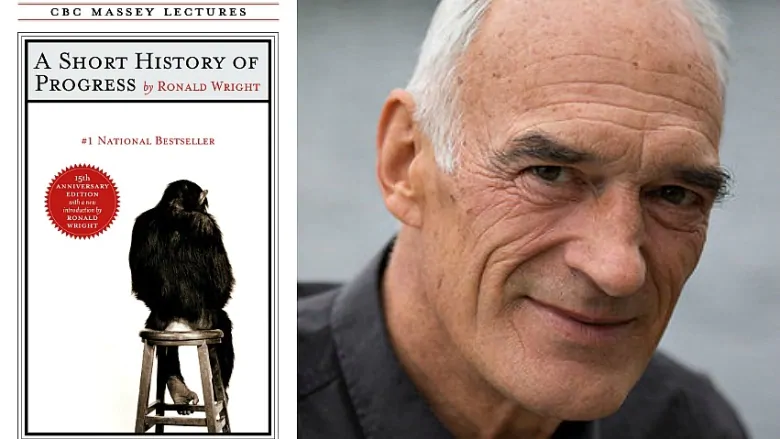
This essay was written last year by Karl North and published on his site here. Karl offers a hopeful vision for how we might organize ourselves and live a pleasant life after the collapse of industrial civilization, by building on the research of Graeber and Wengrow in their book “The Dawn of Everything: A New History of Humanity“.
Here is a summary of the book:
“A dramatically new understanding of human history, challenging our most fundamental assumptions about social evolution—from the development of agriculture and cities to the origins of the state, democracy, and inequality—and revealing new possibilities for human emancipation.”
Many of us, I’m sure, would like to find reasons for optimism.
Karl kindly agreed to write the following introduction to his essay, summarizing the reasons he holds an optimistic view of our future.
Introduction
In this essay I drew extensively on a book by Graeber and Wengrow because it overturns the “small egalitarian bands” conventional wisdom of stone age society to reveal the variety of forms of socio-political and cultural organization that humanity is capable of, despite severe energy and resource constraints. This evidence of the human potential to adapt to a diversity of physical and social environments suggests that human society at some sharply reduced demographics could weather the end of the oil age.
My most persuasive model of the social forms this could take comes from living in a Europe dotted with villages whose centuries-old architecture indicates specific social forms. To survive, these socially dense nodal clusters required a tight social, political and cultural organization that, in turn enabled a Commons managed without tragedy that mitigated the inevitable inequality, family scale agrarian enterprises enhanced with regular inputs from neighbors, for example at harvest time or pig slaughter day, and defense against invaders, all of which maximized the possibilities of community well-being. The village I inhabited with my family for a number of years was typical of the genre, and although partially deserted, still offered constant evidence of how things worked when fully inhabited.

Typically, these agrarian communities are small enough for the population to be within the Dunbar Number of 150 effective relationships. Even the larger “market towns”, often walled towns like this one, were organized to survive by relying on outlying villages for food and fighters in times of trouble.

All in all, my reading of European history combined with the enduring physical evidence suggests that life in such communities was laborious but provided a satisfying level of material comfort. David and Marcia Pimental’s pioneering work of food and energy cost accounting reveals that while the net energy of industrial agriculture is negative – 10 units of energy expended for one unit gained – the most efficient subsistence agriculture generates a positive net energy ratio of around 3/1. That seems small, but the historical evidence I have exemplified above suggests that with time-tested forms of simple technology and social organization, post-petroleum communities can use that small surplus to go beyond minimal survival to recreate a rewarding and durable life.
Here is Karl’s original essay.
After Collapse, What Next?
When global empires start to fall apart, the structure of interdependent elements accumulated over the years imparts an inertia that appears to sustain them for a while past their normal collapse date. In the case of the US empire, this illusory momentum, combined with a shocking degree of mendacity and deception in the mass media, is gravely misleading the US public. This is the proverbial Wile E. Coyote effect, where Wile E. has sped off the cliff but is apparently not yet in free fall. But bit by bit what US citizens are actually observing in their daily lives begins to contradict the official narrative from government leaders and media. This creates a foreboding –an inexplicable anxiety, and people cast about for explanations, making the general public an easy prey to the series of fear campaigns we have seen in recent years. However, eventually the contradictions become so sharp as to discredit official narratives, and revolts begin. States are expensive to maintain, and depend on cheap energy sources. As energy and other resource depletion weakens states, and authorities resort to palliatives that only aggravate the crisis, chaos reigns and opportunities arise for breakaway communities to form. What are their possibilities of social organization? What kinds of freedom should they embrace or preclude? This essay draws on a new view of human history to briefly frame discussion of these questions.
The dominant view of the long stretch of human history has humanity progressing stepwise inevitably from unconsciously derived egalitarian bands to statehood as the end of its history of social evolution. Graeber and Wengrow’s massive revisionist work, The Dawn of Everything: A New History of Humanity, uses the latest archeology and anthropology to paint a less rigid progression where populations consciously experimented with different forms of social organization, often in sharp contrast to their neighbors. Societies found many ways of gaining freedom from subjugation, either by moving away from oppressive regimes, or at least from their urban centers toward peripheries where they could practice civil disobedience and “consciously shape new social realities”[1]. Framing this trio – escape, revolt and creative social construction – as categories of freedom or liberation, the authors discover many patterns of their expression across history.
According to conventional history, the world has been populated with states of various sorts for several thousand years. Graeber and Wengrow’s investigation reveals that this is only partly true. State structures are impressive, so they receive undue attention in historical narratives. However, states/civilizations have risen and fallen many times in their history of over five millennia. In the intervals after collapse, peoples have experimented with less oppressive forms. Also, even during the most totalitarian regimes, as one moves from centers to peripheries, state power ebbs somewhat. Rulers in many regimes have exercised diminishing power beyond their capital cities. An example is the 30% of the food economy in the latter years of the USSR that developed informally from popular initiative outside the state-run farms. All through history, a focus on fringes or outbacks reveals peasant social structures that present an often-fractious contrast to the more obedient lives of citizens nearer urban centers of power. Geopolitical analyst Rolo Slavskiy observes:
For pretty much all of human history, the elites and specialized classes of warriors have made war on one another for one reason or another while the peasants simply stuck together and did their best to make it through the war in one way or another.
So, as the US imperial juggernaut moves farther into degrowth, the chains of command and supply essential to the ravenous consumption of cities will weaken and finally disintegrate, and chaos and civil unrest will plague metropoles and their suburbs most severely[2]. Populations in rural areas potentially can be the first to profit from failing dominant structures, distance themselves politically from central control and construct the degree of political and economic autarchy that will be necessary to survive.
We can draw insights about the disintegration of Western civilization and its US center in particular from the history of the many civilizations that rose and fell in the last five thousand years. Conventional thinking depicts any emergence of an urban center as the culmination of an evolutionary process in ‘statehood’, which Graeber and Wengrow described as including three essentials – a monopoly on violence, a charismatic leadership, and an administrative bureaucracy.
As a historical model for the collapse of US industrial society, it would be intriguing to use the only large pre-Columbian city that existed in the area that became the United States – Cahokia in the Mississippi valley – which attained a population of forty thousand by the end of the first century AD. Cahokia ruled a large area mainly by violence (warfare and human sacrifice) and great ritual spectacles that drew participants from throughout its empire to enhance the status of elites and create cohesion. States disintegrate at different rates: compared to the Roman empire, Cahokia fell apart relatively rapidly, perhaps partly because it lacked the third essential element of statehood – an administrative bureaucracy.
What is interesting for purposes of comparison is how it fell apart – people just left the region, which, despite its highly fertile alluvial soil, became a kind of no man’s land for generations. As Graeber and Wengrow describe it,
Whatever the precise combination of factors at play, by about AD 1350 mass defection had depopulated the region. Just as the metropolis of Cahokia was founded through its rulers’ ability to bring diverse populations together, often from across long distances, in the end the descendants of those people simply walked away. The Vacant Quarter implies a self-conscious rejection of everything the city of Cahokia stood for.
Among the descendants of Cahokian subjects, migration is often framed as implying the restructuring of an entire social order, merging our three elementary freedoms into a simple project of emancipation: to move away, to disobey and to build new social worlds.[3]
Later in the post-Cahokian Mississippi valley, European explorers found people experimenting with petty chiefdoms and mini-republics governed by village councils that engaged in lengthy political and philosophical debate. Farther north, European invaders found larger scale diplomatic institutions like the League of Five Nations, also known as the Iroquois Confederacy, which was preserving a kind of Pax Iroquoiana over a wide territory without anything that could be defined as a state.
Elsewhere in the world, Graeber and Wengrow also find “great hospitality zones” that have existed at various times in history without any administrative or authoritarian hierarchies, held together only by common culture or far-flung trading networks.[4] They describe many regimes throughout history as city-states, in which, as the term suggests, power diminished with distance from the city center. In many city states for instance, outlying satellite communities paid tribute to the central authority but otherwise went their own way and created their own social reality.
Hence, as the US declines as a state, we might consider the loss of administrative control, like the lack of it in Cahokia, as a harbinger of collapse. At the same time, the diversity of social arrangements that replaced Cahokia widens the scope of possibilities and helps frame the question of how to reshape the social space liberated during the US collapse as the opportunity arises.
What Kind of Freedom?
The trio of freedoms concept that Graeber and Wengrow propose initially sounds simple, but the devil is in the rights and duties spelled out or implied in the third freedom – to create a new social reality, as we shall see.
In the polarized US, the advocates of a variety of viewpoints have tossed around the concept of freedom like a political football until it is deflated of any clear meaning. Although most everyone can agree that a social contract should curtail some sorts of freedom, ranging from running stop signs all the way to premeditated murder; beyond that, the question becomes murkier, or at least more complex.
Highly visible at one pole are advocates of “free market capitalism”, which for some self-described conservatives appears to mean that in the domain of the economy just about anything goes, and furthermore, everything that occurs springs from the natural “invisible hand” of anonymous “market forces”. Hence, their logic goes, everyone will enjoy freedom so long as the public (as in government) does not interfere in the “free market”. One might object that the US capitalist system has evolved to the point where monopoly control reigns in every sector of the economy. In other words, most economic decision making, which pretty much shapes our lives, is in the hands of an elite minority that acts mainly in their own private interest, and thus undermines the imagined freedom of the majority. The trouble is, conservatives tend to focus on individual freedoms and overlook over-arching system-level power structures.
An instance of falling into that trap is the libertarian conservative who complained that an oil company’s hostile takeover muscled him out of a small business based on his invention of a more efficient electric battery, and buried the invention so that it would never compete with energy from oil. Had he an elementary knowledge of political economy – the study of power relations in a social system – he might have understood how the unfettered economic freedom he supported was his downfall. Conservatives’ advocacy of an economic system free of government interference also conflicts with their support for government-subsidized industries, expensive foreign wars that underwrite a lucrative weapons industry, protective tariffs, etc.
At another prominent political pole are those, often self-described as liberals, who traditionally champion freedoms defined in the constitutional Bill of Rights, such as speech and assembly, justice by fair trial and control of one’s person and private life. Liberals acknowledge imperfections in the free market system, but count on government regulatory agencies to fix the flaws. However, equally as ignorant as conservatives of power structures at the whole system level, they fail to understand that every such agency long ago fell victim to ‘regulatory capture’ by the very industry it was mandated to regulate. What is worse, liberals are especially prey to the illusion of government as elected servants of the people, whereas, due to the nature of the US structure of power relations, it is more like a stage show, where politicians promise to serve us, but then mostly serve the power elite who fund them. In the succinct synopsis of an early Supreme Court Justice, one can have most of the wealth in the hands of the few, or one can have democracy, but not both.[5]
Complicating the question of freedom these days is that in some ways conservatives and liberals seem to have switched roles, or at least ideals. Driven emotionally by a mass media so politicized against the Trump administration that it dropped all pretense of journalism, liberals have flouted all the civil liberties they used to champion in a frantic attempt to fraudulently remove an elected president whose administration in the end did no more damage to the nation than most others. Both major political parties have practiced electoral fraud for a long time, but once elected, US administrations have rarely experienced such an illegal attempt at removal. Meanwhile, because the media morphed into a weapon as the attack dog of the Democratic Party, it lost all credibility among conservatives. Consequently, when the media all in lockstep obediently trotted out a highly questionable pandemic narrative, conservatives had acquired some immunity against its scare campaign, and thus became the new champions of all the civil liberties that were violated by the pandemic lockdown policies.
In sum, it appears that groups at both poles of the polity are being snookered in different ways. In both cases it stems from the ability of ruling elites to keep the public in the dark regarding the many ways that they exercise their power, or at least deflect our attention from it. It seems to be human nature to easily fall for elaborate hoaxes, false flags, and other fictitious official narratives about how the world works, narratives that elites relentlessly fabricate to deceive us.
It is now an open question who will fall for the next campaign of fear. During another time of tumult, appalled at the frenzied mood of the industrial revolution, a 19th century French poet expressed his revulsion, writing, “Cité, fourmillant de rêves” (the metropole, an anthill swarming with dreams) where “alles ist gleichnis” (all is illusion).[6] Today we live in a similar time of outlandish moods, often indoctrinated, where the most preposterous and fantastical things can happen. Yesterday, no doubt spurred by the anti-Russian hatred spewing from German media and even its leadership, a crowd paraded in front of the German Reichstag in Berlin waving the swastika flag and calling for the genocide of the Russian people. Russians must be thinking: Did 27 million of us die in vain? Meanwhile it is said that here and there on the walls of Ukrainian villages is mysteriously appearing a mural of this babushka of legend; her red flag for most Russians now memorializing their victory over the scorched earth terror of the Nazi Operation Barbarossa.
Is it perhaps true that history moves in cycles, and that we must relive it again and again, “first as tragedy, then as farce”?[7] The present is another time of tumult where elites, desperate to preserve power, subject us to repeated psyops – well planned schemes of psychological conditioning either to fear or to hate – such that whole populations are swept up in episodes of mass psychosis.
Under these circumstances, maybe the question of what freedoms are likely to contribute to building a new form of civilization (and which ones are not) is a discussion better left to await calmer times. Perhaps this essay is only an attempt to set the stage for that conversation by 1) exploring the wreckage of current uses of freedom and 2) raising awareness of advances in the understanding of human history that display a much greater variety in the forms of society that the species has chosen, and thus suggest possibilities for the future. In the course of constructing a new social reality amid the disintegration of the old, I think we will need to take a holistic approach to what freedoms to incorporate, asking how particular freedoms might impact all sectors of society. A critical question will be an old one: how to strike the right balance between private and public rights, between individual liberty and the common good.
[1] Graeber, David and David Wengrow. 2021. The Dawn of Everything: A New History of Humanity.
[2] North, Karl. 2012. Cities and Suburbs in the Energy Descent: Thinking in Scenarios
[3] Graeber, Op Cit. p. 469.
[4] Ibid. p.516
[5] Louis Brandeis
[6] Baudelaire
[7] Karl Marx











